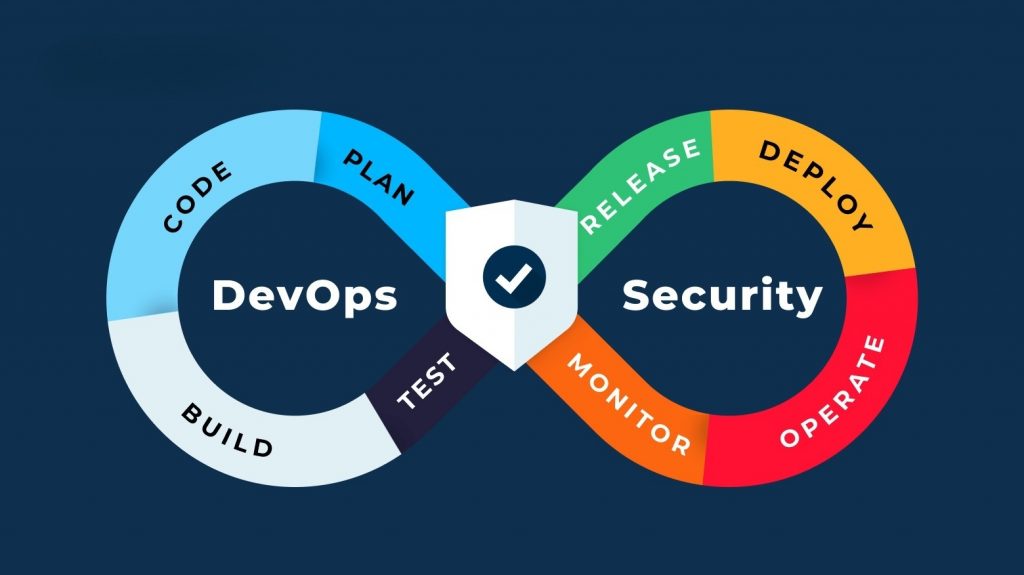Introduction
In today’s fast-paced software landscape, security can no longer be an afterthought. Waiting until the end of the development cycle to test for vulnerabilities often leads to costly rework, delayed releases, and exposed risks in production. DevSecOps—the practice of integrating security into every phase of the Software Development Lifecycle (SDLC)—ensures that security is built in from day one, rather than bolted on at the finish line. In this post, we’ll dive into the core principles, practices, and cultural shifts required to make DevSecOps a reality in your organization.
1. What Is DevSecOps Culture?
DevSecOps extends the DevOps philosophy of “show, don’t tell” collaboration between development and operations by adding security as a shared responsibility across all teams. Key tenets include:
-
Shift-Left Security: Move security activities—threat modeling, code analysis, dependency checks—earlier in the SDLC.
-
Continuous Security Feedback: Provide developers with real-time findings via automated tests and dashboards.
-
Security as Code: Define policies, controls, and gate metrics in version-controlled configurations, just like application code.
-
Cross-Functional Collaboration: Break down silos so developers, security engineers, QA, and operations share goals, tools, and metrics.
2. The Business Benefits of DevSecOps
-
Reduced Risk Exposure
Catching vulnerabilities early means fewer bugs in production and smaller blast radii for incidents. -
Faster Time-to-Market
Automated security checks replace manual gatekeepers, accelerating release cycles without sacrificing safety. -
Cost Savings
Fixing a defect in design or coding costs orders of magnitude less than patching it in production. -
Stronger Compliance Posture
Embedding policy-as-code makes it easier to prove adherence to standards such as PCI DSS, GDPR, or ISO 27001.
3. Pillars of a Successful DevSecOps Program
3.1 Shared Ownership
-
Security Champions: Embed security-minded developers in each feature team to evangelize best practices.
-
Blameless Culture: Encourage open reporting of security issues without finger-pointing, fostering continuous improvement.
3.2 Automated Security Toolchain
-
Static Application Security Testing (SAST) on every pull request.
-
Software Composition Analysis (SCA) to catch vulnerable open-source libraries.
-
Dynamic Application Security Testing (DAST) against running test environments.
-
Infrastructure as Code (IaC) Scanning to validate Terraform, CloudFormation, or Kubernetes manifests.
-
Secrets Management in vaults (e.g., HashiCorp Vault, AWS Secrets Manager) rather than in code.
3.3 Policy-as-Code
-
Define gate conditions (e.g., “no Critical or High findings allowed”) in your CI/CD pipelines.
-
Use tools like Open Policy Agent (OPA) or YAML-based linters to enforce compliance rules programmatically.
3.4 Continuous Monitoring & Feedback
-
Integrate security dashboards (SLA for fix times, vulnerability age) into team stand-ups.
-
Feed real-world incident data back into planning to refine threat models and test suites.
4. Practical Steps to Adopt DevSecOps
-
Assess & Prioritize
-
Map your SDLC and identify key security gaps.
-
Prioritize based on risk and impact (e.g., internet-exposed services first).
-
-
Build the Toolchain
-
Start by integrating one automated scanner (e.g., SAST) into your CI pipeline.
-
Gradually layer in SCA, DAST, IaC scanning, and secrets checks.
-
-
Train & Evangelize
-
Run hands-on workshops on secure coding and threat modeling.
-
Share “war stories” from past incidents to illustrate why DevSecOps matters.
-
-
Define Metrics & SLAs
-
Track Mean Time to Detect (MTTD) security issues in development.
-
Establish a SLA for fixing critical vulnerabilities before merge.
-
-
Iterate & Scale
-
Periodically review tool effectiveness, tune rules to reduce false positives, and onboard additional teams.
-
Automate incident playbooks using Security Orchestration, Automation, and Response (SOAR) platforms.
-
5. Overcoming Common Challenges
| Challenge | Mitigation Strategy |
|---|---|
| Cultural Resistance | Start small with a pilot team; showcase wins. |
| Tool Fatigue & False Positives | Triage rules regularly; invest in tuning. |
| Skill Gaps | Leverage security training platforms (e.g., secure coding bootcamps). |
| Legacy Environments | Wrap legacy apps in API gateways and apply security controls incrementally. |
Conclusion
DevSecOps is more than just a set of tools—it’s a cultural transformation that weaves security into the fabric of daily development and operations. By shift-lefting security, automating checks, codifying policies, and fostering cross-team collaboration, organizations can deliver robust, compliant software at the speed the business demands.
“In DevSecOps, security isn’t a gate—it’s the road your code travels on.”
Ready to make security everyone’s job? Start by integrating one security step into your next sprint, then build momentum from there. Cyber safety is a team sport—let’s play together.
